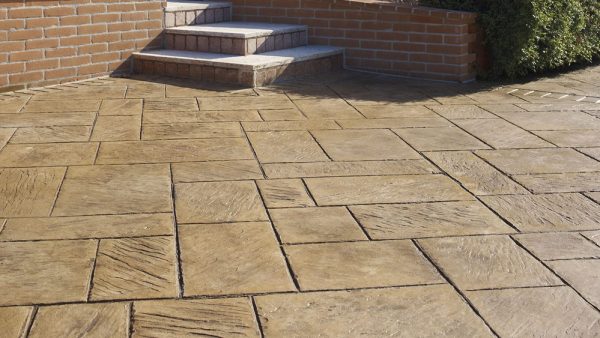Polish Plaster Walls
Although already present in walls of structures as early as the 16th century, polished plaster has still distinguished itself in terms of look and advantages over other wall treatments like drywall and vinyl.
It has also preserved its popularity, being one of the most frequently done wall finishes in a lot of contemporary structures. It is not difficult to see why this wall finishing is still popular. For one, it is a very versatile kind of wall treatment, something not all wall finishing cannot boast of.
This plaster treatment can be applied to any interior wall, whether new or even pre-existing, including wood, drywall, cement board, tile, and brick surfaces, among other. Moreover, it is known to be the easiest for use in difficult sections of a structure like columns and archways.This type of plaster is also known for its durability, as it dries to a hardness that resembles tocks.
The wall finish does not shrink and is immune to elements that usually make other finishes crack. In case that this kind of finishing needs to be repaired for patches, it can be done with low effort and cost. Speaking of repairs, this plaster is so easy to maintain, as it is highly resistant to fading. It does not trap moisture below its surface, which makes it resilient against a lot of elements. Walls finished with this plaster are easy to transform because their surface is very smooth.
Lastly, the ingredients in this plaster are non-toxic and natural, so it doesn’t give off a disturbing smell. With its high pH level, this plaster also resists the growth of fungi and molds in its surface, so it is also ideal for use in outdoor walls.Applying polished plaster is not that technically and laboriously challenging, so it can be considered as a DIY project. However, for those who are considering it, take note that there is a need for considerable time in order for the different processes to settle and dry. This is not something that can be done to a wall that must be used in a few hours.
If there is a need for the wall to be exposed and ready for people, the project should be postponed until such time that the wall can be left undisturbed for at least one day.The room or surface should be prepped by putting tape on all mirrors, molding and the ceiling. The first coat of plaster may then be applied. This coat should be very thin, as the process of applying plaster will involve building up layers, so the first one should be smooth, thin and even. Clumping and bulging of the plaster must be avoided.
A towel may be used to smoothen the surface. The surface must then be allowed to dry before the second plaster coat would be applied. The second coat can be applied in an x-shaped motion, for texture to be added to the surface. Allow to completely dry again. The final layer of plaster may be applied once the surface is dry, and it can be smoothened over the second application.
Once this layer is completely dry, sand the wall using a light motion and an up and down manner with the use of a sander and sandpaper.As said earlier, while polished plaster can be done as a DIY project, hiring a professional like Decorete is a more hassle-free solution to making any wall look fantastic. With Decorete’s reputation of using the best supplies and the most experienced professionals, it is expected that the plastered wall will look exactly as desired.





